Gifted and Talented
Jubilee Academies School District ensures that our students, who participated in services designed for gifted students will demonstrate skills in self-directed learning, thinking, research, and communication as evidenced by the development of innovative products and performance that are advanced in relation to students of similar age experience, or environment and reflect individuality and creativity. High School graduates who participated in services for gifted students will have produced products and performance of professional quality as part of their program services.
GT Showcase
Students who participate in services for Gifted and Talented Program will demonstrate skills in self directed learning , thinking, researching, and communicating by developing of innovated products, performances, and projects. We will like to present our students Jubilee Academies Virtual showcase. Please preview some our Gifted and Talented projects.


